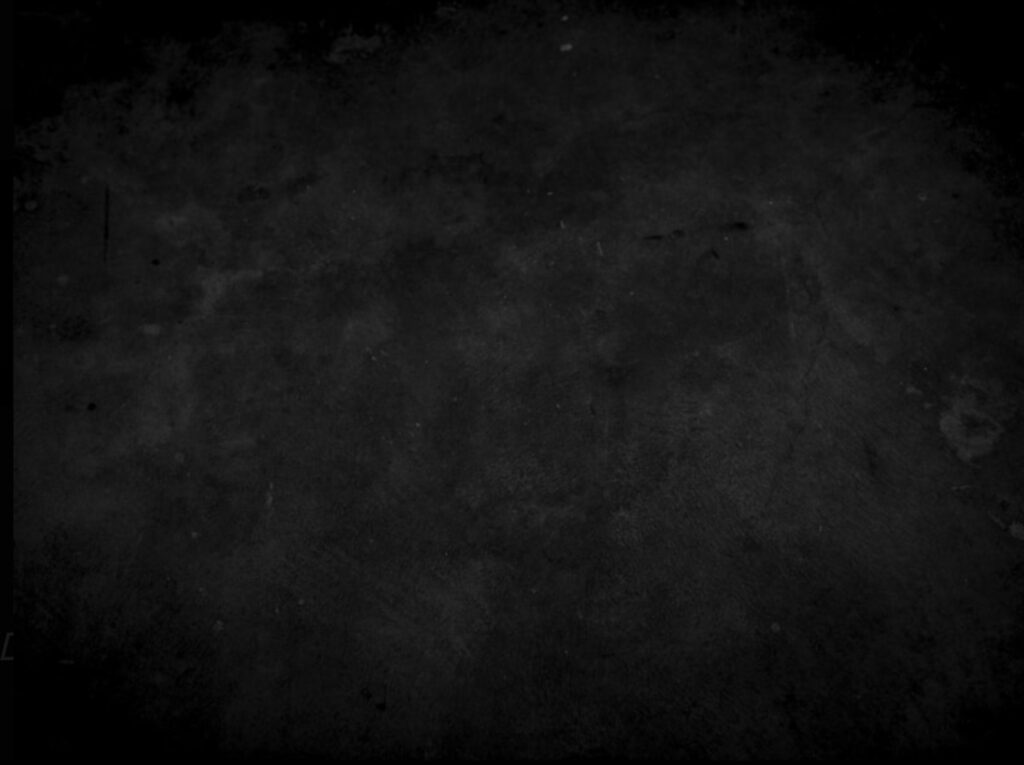Salvador Dalí wasn’t just famous for his melting clocks and surreal paintings. His most recognizable feature might have been his extraordinary mustache, a gravity-defying creation that became as iconic as any masterpiece. How did facial hair transform into art itself? The story of Dalí’s mustache shows how a simple grooming choice became a powerful symbol of artistic rebellion, creativity, and individual expression.
The Birth of an Icon
Dalí began growing his signature mustache in the early 1940s, and it quickly became inseparable from his public persona. Unlike typical mustaches of the era, Dalí’s featured thin, sharply curved ends that pointed dramatically upward, defying both gravity and conventional grooming standards.
The artist was deeply intentional about his facial hair. When asked about it on the game show “The Name’s the Same” in 1954, Dalí insisted it was “the most serious part of my personality.” He revealed that it was styled as a Hungarian mustache using the same pomade that author Marcel Proust used, connecting his appearance to literary greatness.
This wasn’t just vanity. Dalí understood that his mustache served as a visual trademark, instantly recognizable and impossible to ignore. Every public appearance became a performance, with his mustache as the starring attraction.
More Than Just Hair
Dalí’s mustache transcended simple facial hair to become a three-dimensional sculpture. The precision required to maintain its signature ten-past-ten position (pointing upward like clock hands) demanded daily attention and specialized products. He reportedly used significant amounts of wax to achieve the dramatic curves that became his calling card.
The mustache also served practical purposes in Dalí’s artistic practice. Rumors suggest he occasionally used it as an impromptu paintbrush when traditional tools weren’t available. Whether true or not, these stories reinforced the idea that every part of Dalí was devoted to his art.
Beyond functionality, the mustache carried symbolic weight. Art historians have interpreted the upward-pointing ends as representing everything from rhinoceros horns (symbolizing the subconscious) to antennae connecting Dalí to otherworldly inspiration.
A Statement of Rebellion
Dalí’s mustache represented a rejection of societal norms and expectations. While most men of his era maintained conservative, subdued facial hair, Dalí chose to make his face a canvas for artistic expression. This bold choice aligned perfectly with the surrealist movement’s goal of challenging conventional reality.
The mustache became a form of wearable art that accompanied Dalí wherever he went. Unlike paintings that remained in galleries, his facial hair was a 24/7 artistic statement that turned every public appearance into an exhibition.
This constant display of creativity influenced how people understood the relationship between art and daily life. Dalí demonstrated that artistic expression didn’t need to be confined to traditional mediums; it could extend to personal appearance, behavior, and lifestyle choices.
Cultural Impact and Legacy
The influence of Dalí’s mustache extended far beyond the art world. In 2010, it was voted the most famous mustache of all time, beating out iconic figures from history, entertainment, and politics. This recognition speaks to its enduring power as a cultural symbol.
The mustache inspired countless imitators and admirers. During “Movember” (the annual mustache-growing campaign), many men attempt to recreate Dalí’s dramatic styling. Fashion designers and artists continue to reference his look in their work, treating it as an important piece of design history.
Even after Dalí’s death in 1989, his mustache maintained its iconic status. When his body was exhumed in 2017 for DNA testing, reports noted that his mustache remained intact, still pointing upward in its characteristic ten-past-ten position—a final testament to the permanence of his artistic vision.
The Art of Personal Branding
Dalí’s mustache represents one of history’s most successful examples of personal branding. Long before social media and marketing strategies, he understood that a distinctive visual element could become synonymous with his entire body of work. The mustache made him instantly recognizable and memorable in a crowded field of artists.
This approach influenced how subsequent artists and creative professionals think about their public personas. Dalí showed that cultivating a unique appearance could be as important as developing artistic skills—that the artist themselves could become a work of art.
Timeless Inspiration
Today, Dalí’s mustache continues to inspire people to embrace bold self-expression. It reminds us that creativity isn’t limited to traditional art forms—it can manifest in how we present ourselves to the world. The mustache encourages individuals to make confident choices that reflect their unique personalities and artistic visions.
For artists, designers, and creative professionals, Dalí’s approach offers a masterclass in the power of distinctive visual identity. His mustache proves that sometimes the most impactful art isn’t something you create—it’s something you become.
Next time you see an image of Salvador Dalí, remember that you’re looking at more than just a famous artist. You’re witnessing a man who transformed every aspect of his appearance into an artistic statement, creating a legacy that extends far beyond any single painting or sculpture. His mustache stands as proof that true artists find ways to make art from everything—even themselves.
